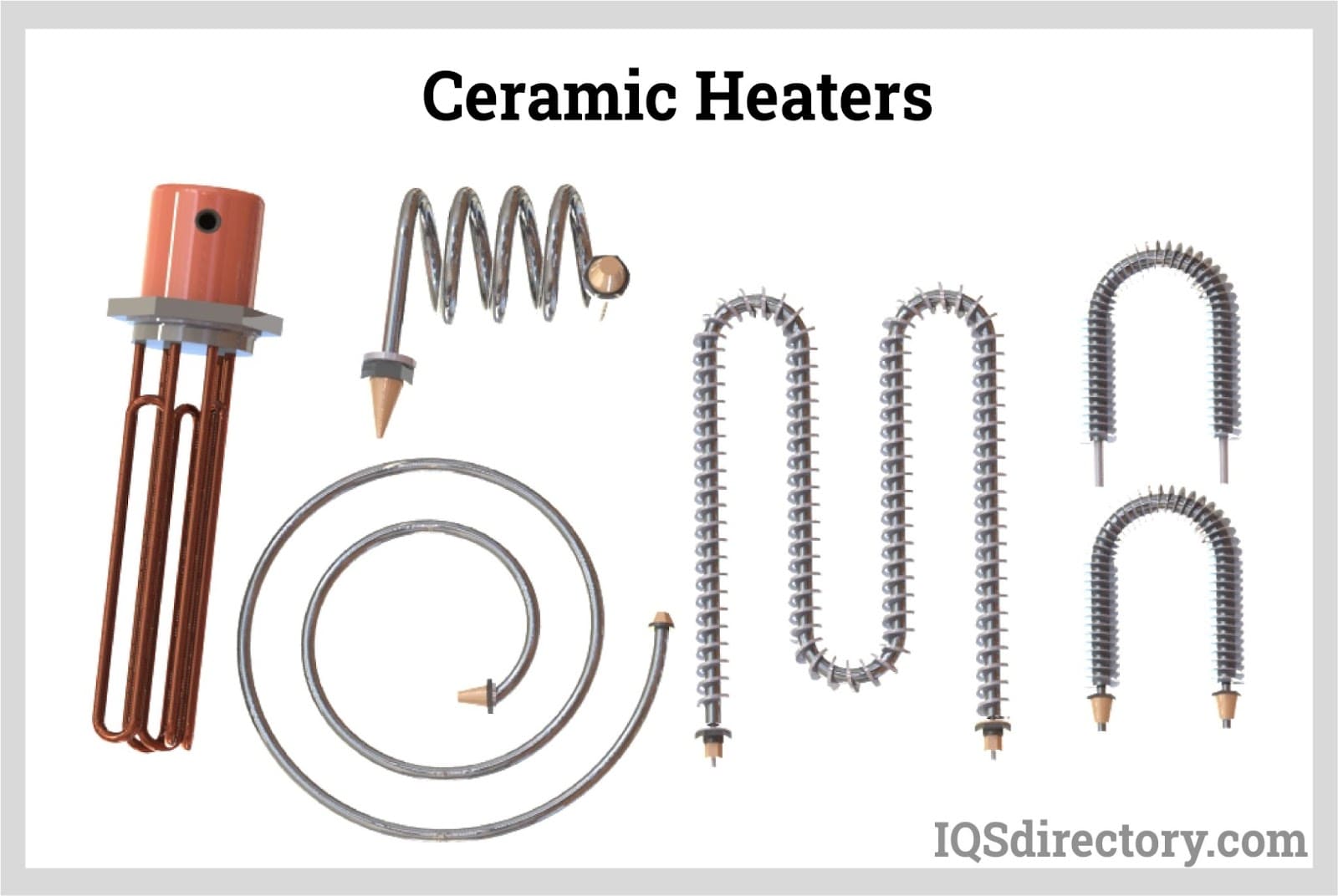1 Source Portable Air for Dummies
The Facts About 1 Source Portable Air Uncovered
Table of ContentsThe Best Strategy To Use For 1 Source Portable AirThe Ultimate Guide To 1 Source Portable AirWhat Does 1 Source Portable Air Do?1 Source Portable Air - TruthsOur 1 Source Portable Air PDFs
Running prices are based on an electrical energy rate of 40c/kWh. The prices for 3 months' usage in winter are based upon 500 hours utilize, or approximately 6 hours per day for 3 months. Optimum heat result is based on the optimum power level of the models we've tested (we concentrate on greater electrical power heating systems).
On standard, small follower heating units are less pricey to buy, yet can have higher running costs. Oil column heating systems will be the most affordable on the market to run (on average) but only by a slim margin ahead of convection heaters (like panel and micathermic panels).
The Of 1 Source Portable Air
If you have a reversible ceiling follower, it'll help distribute the warmth around the space more equally. The designs in our electric heaters test normally array in cost from well under $100 to over $900, but we've found a higher cost does not always mean better performance. A number of expensive heaters have actually stopped working to excite our testers, while some less expensive designs make for remarkably bargains.
As the name recommends, they radiate warm from a red-hot burner (so the family will need to take turns sitting in front of it). There are floor and wall-mounted versions available. Radiant heating units are relatively cost-effective. They have a cosy radiance and individual warming effect, like being in front of a fire.
Glowing heating units typically set you back in between $20 and $200. Oil-filled column heating systems do not actually shed oil they use electrical energy to warm the oil that's secured inside their columns or 'fins'.
The Best Guide To 1 Source Portable Air
Some column heating units aren't even oil-filled however instead utilize other product or home heating innovation to work the very same means - 1 Source Portable Air. The threat of fire with an oil column heating system is low compared to other heater types, you can find out more however never absolutely no. Oil heating units do not have subjected components like glowing heaters do, and their surface area temperature is lower than several other heater kinds (their large surface area makes up for it)
Oil column heating units won't explode, and while they don't shed their oil to generate heat, it's still flammable, so there is a fire threat if the oil leaks, if the redirected here heating system tips over and leakages, or if flammable objects or textile enter contact or drop on the heating unit. You must work out the very same degree of care with oil heaters when it comes to various other heating unit types, and never hang towels or clothing over one to completely dry them utilize a drying rack rather, at the very least one metre away.
Column heating systems are particularly useful in areas where they'll be switched over on for extended periods of time or where they'll operate neglected, such as overnight in a room. The surface areas you're likely to touch on a column heater don't obtain as hot as other kinds of electric heating systems. You can utilize a ceiling follower on extremely reduced speed to help the column heating unit to disperse the heat much faster and a lot more equally.
Oil-filled column heaters generally cost in between $50 and $450. Convection and panel heating units attract cool air over an electric home heating element.
What Does 1 Source Portable Air Mean?

Convection and panel heaters are more mobile than their oil-filled column heating system counterparts due to the fact that they're significantly lighter. Like a column heater, you can use a ceiling follower on very low rate to disperse the heat much faster and extra evenly.

The Definitive Guide to 1 Source Portable Air
Follower heaters are typically smaller sized and extra portable than various other electric heating systems. They also can be found in the form of tower follower heaters, which can be better for dispersing warmth around resource bigger spaces due to their taller profile. They can heat the air in a room a lot more rapidly, evenly and promptly than some other heater types.
Follower heating systems (ceramic or otherwise) usually cost in between $60 and $900. Ceramic follower heating units aren't always any kind of various in cost to non-ceramic models.